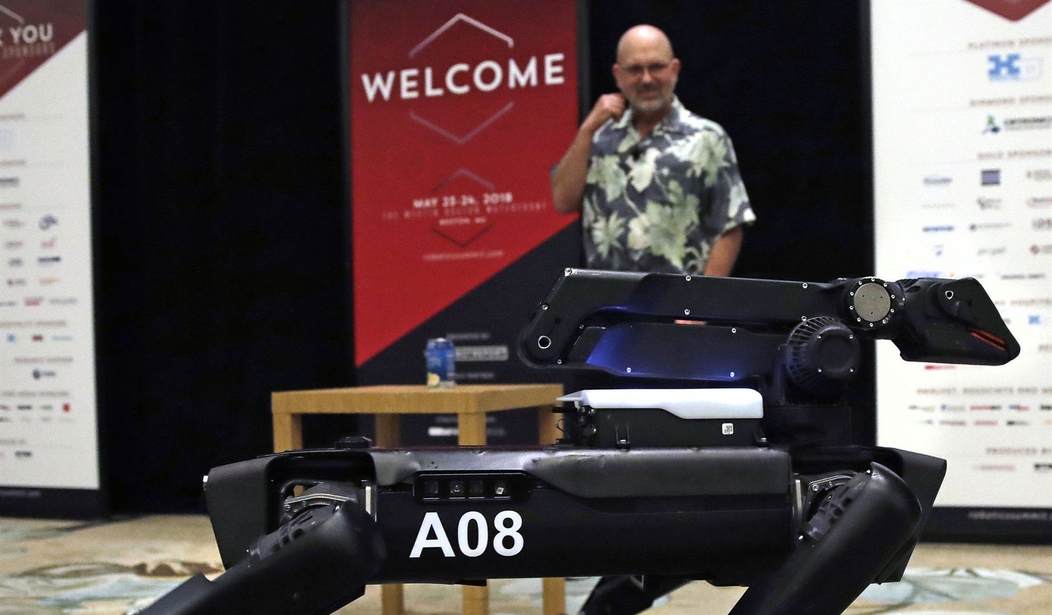Usually, I’m the one trying to warn everyone about the advent of artificial intelligence and killer robots, but this week the Associated Press decided to get in on the action. That’s not an exaggeration either. The title of a piece they published last night was “Drone advances in Ukraine could bring dawn of killer robots.” And they didn’t even put killer robots in scare quotes. They’re quoting various military tech gurus who are reporting on the increasingly advanced military drones being used by Ukraine (thanks to the American taxpayers) and Russia’s as-yet unproven claims of deploying similar technology. They claim that the technology has already arrived and we may soon see the first proven instance of an AI combat robot killing someone entirely on its own with no remote oversight by a human being. So does my reference to Skynet in the title still sound quite so crazy to you?
Drone advances in Ukraine have accelerated a long-anticipated technology trend that could soon bring the world’s first fully autonomous fighting robots to the battlefield, inaugurating a new age of warfare.
The longer the war lasts, the more likely it becomes that drones will be used to identify, select and attack targets without help from humans, according to military analysts, combatants and artificial intelligence researchers.
That would mark a revolution in military technology as profound as the introduction of the machine gun. Ukraine already has semi-autonomous attack drones and counter-drone weapons endowed with AI. Russia also claims to possess AI weaponry, though the claims are unproven. But there are no confirmed instances of a nation putting into combat robots that have killed entirely on their own.
We’ve already given Ukraine some combat drones that are alarmingly smart. The Switchblade 600 is capable of identifying targets on its own, though it still requires a human operator directing the drone remotely to select one of the targets and fire. The tech gurus the AP spoke with say that it would only require a relatively small tweak and the Switchblades would be ready to strike out on their own and start taking out the enemy.
Not all of the autonomous military hardware would have to be in the air. We previously looked at the robot dogs now available for military and law enforcement use that literally have sniper rifles on their backs. Much like the Switchblades, the dogs require a remote human user to select targets and fire, but that’s only because the manufacturer opted to not incorporate autonomous capabilities. It wasn’t because the technology doesn’t exist.
Keep in mind that very little of this technology is “cutting edge” at this point. It’s been in the pipeline for a while. Back in 2017, we looked at a video demonstration of miniature attack drones that can fly in swarms and coordinate with each other to take out a specific target.
At this point, it’s really just a question of how “smart” the AI actually is and whether or not the individual robots are capable of communicating with each other. Thus far, we’re being assured that the best AI systems are still not capable of anything approaching sentience and they may never be. And the individual robots won’t be chatting with each other unless the humans program them to do so. But if we reach the day when the respective answers to those two questions become “smart enough” and “yes,” how far do you really think we’ll be from a real-world SKYNET situation? And if that situation actually arose on a battlefield somewhere, would we still be able to shut it down?
Sleep peacefully, humans. And welcome to 2023.








